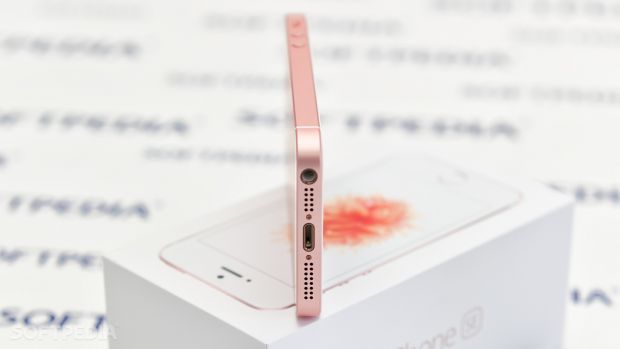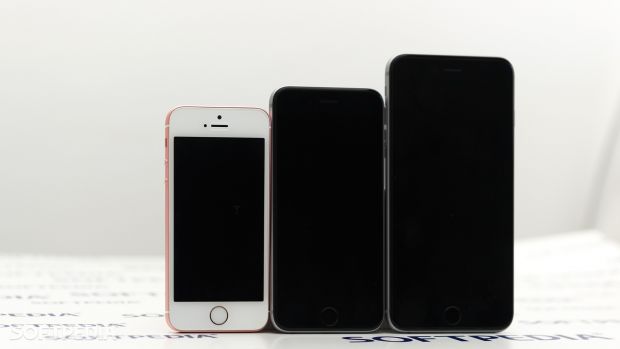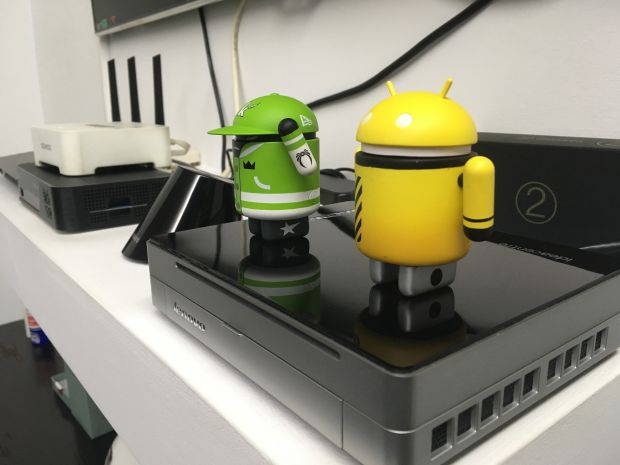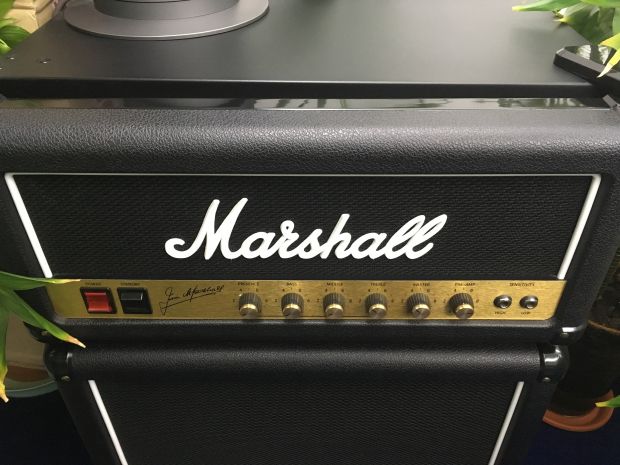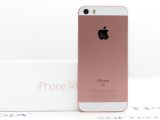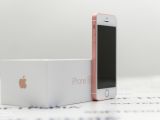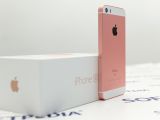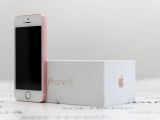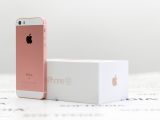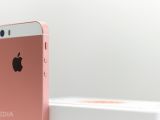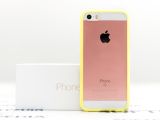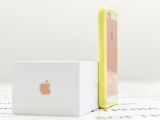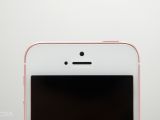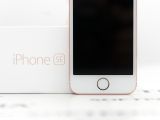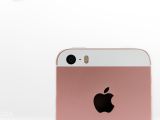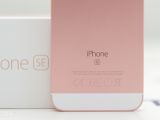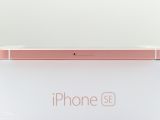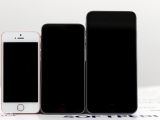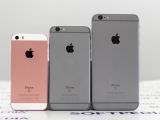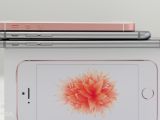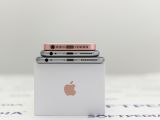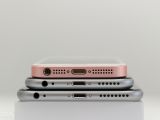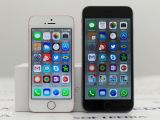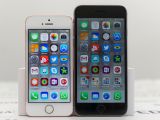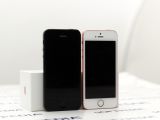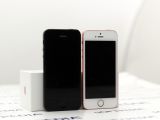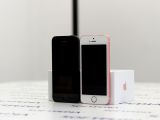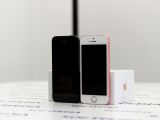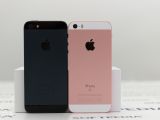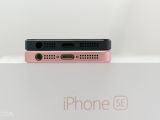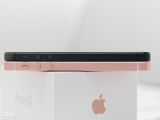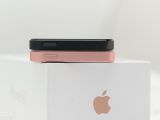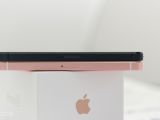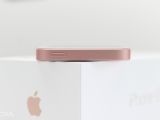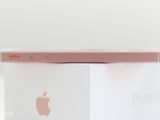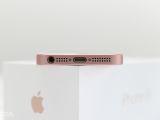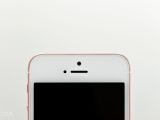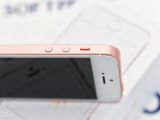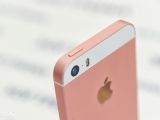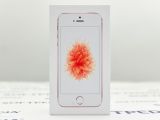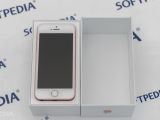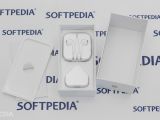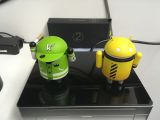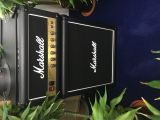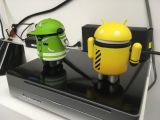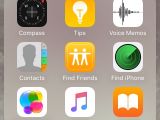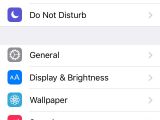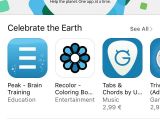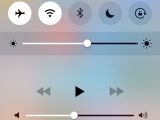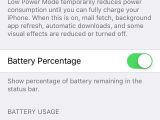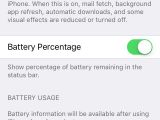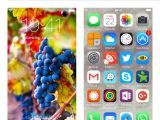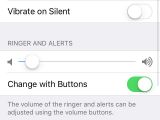| DESIGN AND BUILD QUALITY | HARDWARE |
|---|---|
| CAMERA | BATTERY |
| SOFTWARE | CONCLUSIONS |
Although it indeed brought some eagerly awaited hardware upgrades, the iPhone 6s and 6s Plus failed to boost the ever-growing iPhone sales, so it was very clear that Apple had to come forward with a bigger refresh that could breathe life into its phone portfolio.
And Apple indeed created such a product refresh, but it wasn’t what everyone actually expected. What Cupertino did was to use the old iPhone 5 generation as the foundation of what was supposed to be an all-new iPhone coming with an all-new moniker. But the iPhone 5 was used not only as the foundation but also for pretty much everything related to the aesthetics of the new device.
The iPhone SE is the first modern iPhone that doesn’t come with a number in its name, but when comparing it to the iPhone 5, this new approach clearly makes sense. In terms of looks, the iPhone SE is 99 percent similar to the iPhone 5, hence the name: SE stands for Special Edition, a moniker that Apple hopes would convince customers still on the old model to upgrade.
This is actually the purpose of the new iPhone SE: bring more people on new hardware and software, especially given its push for wider adoption of Apple Pay. It turns out there are lots of iPhone users sticking with 4-inch displays and who don’t want to upgrade to a bigger screen, so Apple simply released a new model that would bring new hardware into the same small case.
Design and build quality
When we say small case, we really mean it. The iPhone SE was designed from the very beginning to be similar to the iPhone 5, but for those who were expecting a more modern device, the similarities between the two are simply shocking.
If you already own an iPhone 6, then you can consider the SE a downgrade in every regard, including looks. Similar to the iPhone 5, the SE has a more squarish design, as compared to the new iPhone, which features a rounded case that makes it look a bit more modern.
Round volume controllers are placed on the left side while the right side only houses the SIM tray. This is one annoying difference from the iPhone SE, as the lock/power button is now placed at the top of the device, as was the case on the iPhone 5. So if you previously used an iPhone 6 for more than a week, you might really have a hard time getting used to this.
The lower part of the phone features the home button with a metallic ring, as well as the signature Lightning connector, speakers, and audio jack - yes, the audio jack is still there, so if there’s a change in this regard, it doesn’t take place sooner than the iPhone 7.
The overall look and feel of the iPhone SE are not exactly what you’d expect from an Apple device. Although it looks rather premium at first glance, a closer inspection makes it feel outdated, probably because it looks exactly the same as a handset launched several years ago.
In many people’s opinion, the iPhone 6s and 6s Plus already look boring, so imagine what they think about the SE, which is so similar to the iPhone 5. The device has the same sturdy construction as the iPhone 5, but in the end, you might simply not feel that you’re buying a modern iPhone.
“Not the typical iPhone quality.”
Apple’s main plan was to make those with older iPhones feel at home when buying the SE, and at some degree, the company does manage to offer that. But when looking at the bigger picture, the Rose Gold color and the few minor differences here and there might not be reason enough for many people to buy the iPhone SE.
Vibration feels a little bit odd too, as it’s different from the iPhone 6s and appears to be more intense than usual. If you use a case, every vibration is accompanied by a short rattle, which makes it feel kind of cheap, although it’s clearly not supposed to feel this way. Apple hasn’t said if it uses a different motor than on the iPhone 6s, but this odd behavior might be caused by the phone’s dimensions, which can make vibrations feel stronger than on a bigger handset.
Hardware
If the design of the iPhone brings nothing new to the table for those who already have an iPhone 5, the hardware side is a little bit more appealing. And it could be the main reason for purchasing the phone, that is.
The iPhone SE is a mix of the old iPhone 5 and the iPhone 6 and 6s, so what’s under the hood comes mostly from the latter.
#CPU and RAM
First and foremost, the iPhone SE uses the exact CPU, GPU, and RAM as the iPhone 6s, so we get the A9 and M9 processors, 2 GB of RAM, PowerVR GT7600 (six-core graphics). It’s worth noting that the SE is more powerful than the iPhone 6, which comes with the A8 and M8 CPU combo, 1 GB of RAM, and GX6450 (quad-core graphics).
iPhone SE’s processor is a dual-core unit running at 1.84 GHz while the iPhone 6 uses a dual-core configuration at 1.4 GHz, so it’s very clear that the smaller model is supposed to be faster in every regard.
And it truly is because you don’t feel any noticeable slowdown thanks to its new hardware. The only slowdown that you might experience is likely to be caused by your brain having a hard time using a 4-inch screen, but that shouldn’t be a problem for those coming from the iPhone 5.
#Display
Then, there’s the display. If you’ve previously used the iPhone 5s, you’ll find no new thing on the SE, as the new model features exactly the same display as the old one.
It has a 4.0-inch IPS LCD screen (if you were hoping for AMOLED, rumor has it that it might come on the 2017 model), with the same 60.8 percent screen-to-body ratio, and a resolution of 640x1136 pixels. The phone even has the same dimensions, 123.8 x 58.6 x 7.6 mm (4.87 x 2.31 x 0.30 in), and almost the same weight - 113 grams on the SE versus 112 grams on the 5s.
#Fingerprint sensor and other features
Other than that, the iPhone SE has the typical feature lineup, which includes Bluetooth 4.2, NFC for Apple Pay, GPS, Wi-Fi, and Lightning connector for data transfer and charging.
The iPhone SE also boasts an improved fingerprint sensor, but we’re really generous when we call this an improvement. The fingerprint reading sensor is the same as on the iPhone 6 launched in 2014, so, yes, it’s an upgrade from the iPhone 5s, but on the other hand, it feels miles behind the significantly faster version on the iPhone 6s.
An improved fingerprint sensor was one of the highlights of the iPhone 6s, so it’s a bit surprising to see the new SE coming with an older version. This is a decision most likely made because of the costs, as Apple wanted to make the SE a bit more affordable, but it’s really painful to press the home button several times to unlock the phone whereas it works instantly on the iPhone 6s.
Many believe that this could actually be considered a feature because you thus get to see missed notifications on the lock screen, but if you judge it for what it is, the fingerprint sensor is clearly slower than expected.
It’s also worth noting that the iPhone SE uses LTE Cat 4, which offers speeds of 150/50 Mbps, while the latest iPhone 6s already supports Cat 6 to reach 300/50 Mbps. Rumor has that the upcoming iPhone 7 would feature Cat 9 support for faster LTE speeds, so the SE might feel a bit slower especially when connecting to streaming services.
Camera
As is the case of the rest of the hardware, the cameras on the iPhone SE are a mix of old and new. The main unit on this model is the same camera as the one on the iPhone 6s while the front-facing shooter for selfies and FaceTime is borrowed from the iPhone 6.
#Rear camera
First and foremost, the rear camera. The 12-megapixel unit is the one on the iPhone 6s, so it has the exact same specs, including F2.2, 1.3-inch sensor size, 4K video support, dual-LED flash, autofocus, phase detection, several shooting modes, and touch focus.
As far as its performance is concerned, let’s start with a quote from our iPhone 6s review. A few months ago, when we tested the 6s, we said that “the 4-megapixel upgrade indeed does make a difference, but not as big as you'd expect.”
Indeed, the 12-megapixel unit is an upgrade from the 8-megapixel camera on the iPhone 6, and while it does bring some improvements, they’re not as big as you’d expect them to be. In perfect light conditions, this camera can easily compete against any other phone out there (although we’ve found that the Galaxy S7 Edge is a little bit better), but things are getting worse as you step into the darkness (no pun intended).
This camera still relies a lot of post-processing, and Apple has worked hard to make it more advanced in order to offer the best possible image quality. In most of the cases, colors are vivid and photos have good contrast.
Videos look good, and the iPhone SE can also shoot in 4K, which is pretty much the best you can get in terms of video recording at the moment. And probably the best thing about everything is that the iPhone SE is really easy to hold in your hands when taking photos of recording videos, as compared to the iPhone 6s Plus, for instance, which makes it a real challenge.
#Front-facing camera
Remember when we said that the iPhone SE cameras are a mix of old and new? While the rear camera is borrowed from the iPhone 6s Plus, the front-facing one comes from the iPhone 6. And you might be quite disappointed with it.
The front-facing camera is a 1.2-megapixel unit with F2.4, HDR and face detection for selfies and Facetime calls while the 6s comes with a 5-megapixel version that can even record videos in 1080p resolution at 30 fps.
If you use Facetime regularly, the only problem you might have, leaving aside the video quality, is the small display, which clearly makes it more difficult to concentrate on the person you’re talking to. The screen size seems to be much more of a compromise especially if you come from a bigger iPhone, but otherwise, you should be fine with it.
Battery
The iPhone SE comes with a 1624 mAh battery, which, according to Apple’s own figures, should provide you up to 240 hours of standby time on 3G or 14 hours of talk time.
This is actually an upgrade from the 1560 mAh battery on the iPhone 5s, but also a downgrade from the 1715 mAh unit on the iPhone 6s, which was kind of expected, given the smaller size.
In terms of real battery life figures, the iPhone SE can easily last for one full day, and on heavy usage, we reached 32 hours. Average use should allow for around 38 hours of battery life, which is quite impressive, considering how much power it has.
“At least one day of battery life.”
This is mostly possible because of the smaller screen, as it’s a well-known fact that displays are generally the number one battery hogs. So the smaller the screen, the longer the battery life.
Charging takes place with the Lightning cable, and although it’s a 2016 model, it doesn’t have fast charge (as many of the similarly priced Android devices) or wireless charging, as you’d expect from such an expensive model.
In the end, the iPhone SE doesn’t disappoint when it comes to battery life, and it certainly meets the expectations of most buyers. It lasts longer than the iPhone 5s and sits between the 6s and the 6s Plus in terms of autonomy.
Software
The iPhone SE brings no surprises in terms of software, as it runs the very same old and already boring iOS, now at version 9.3.
But what’s more important is that SE runs it as smoothly as possible, as compared to the 5s, which might experience some slowdowns here and there.
iOS 9 is one of the reasons Apple launched the SE in the first place, as older 4-inch iPhones can no longer run the latest versions of its software very smoothly. So Apple decided to give these users an iPhone the size they like, but featuring hardware that can easily cope with the requirements of the latest iOS version.
Obviously, absolutely all apps available on iOS run on the SE as well, so there’s absolutely no problem here. If you come from a newer iPhone, there’s no drawback in this regard, so you’ll just feel like home.
The only difference is that the 4-inch might affect your experience a little bit, as some UI elements might not fit the entire screen. For example, on WhatsApp, the “last seen” line of text doesn’t have enough space to be displayed fully, so instead, the information is sliding across the screen continuously.
Also, on the home screen, you get only five rows of icons, as compared to six on the 4.7-inch model. That shouldn’t be a problem, though, as it’s still easy to find the icons you need if you organize them in an effective manner.
But overall, the iPhone SE brings no surprises, and in case you’re already in love with iOS, then there’s no problem here. Kudos to Apple for making iOS run so well on devices of all sizes.
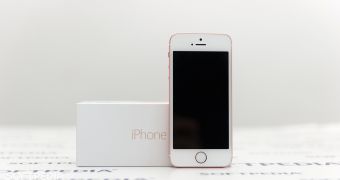
 14 DAY TRIAL //
14 DAY TRIAL // 